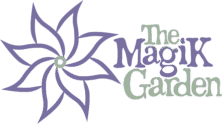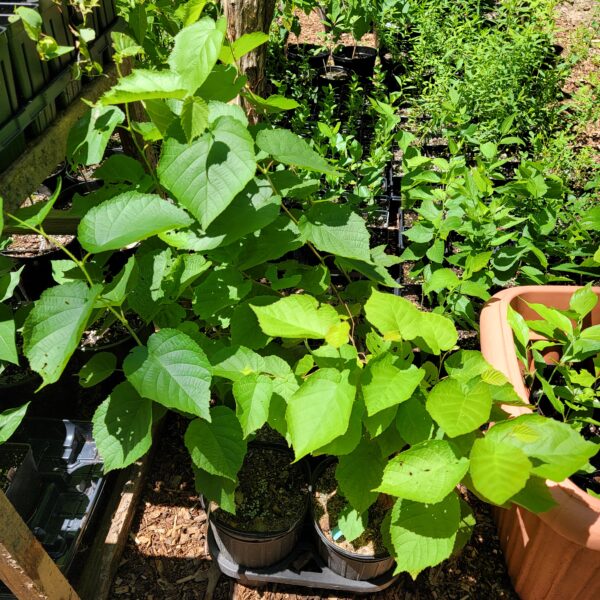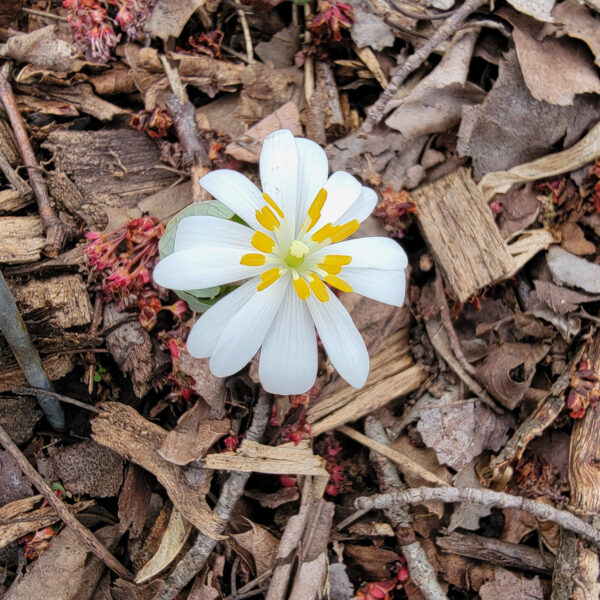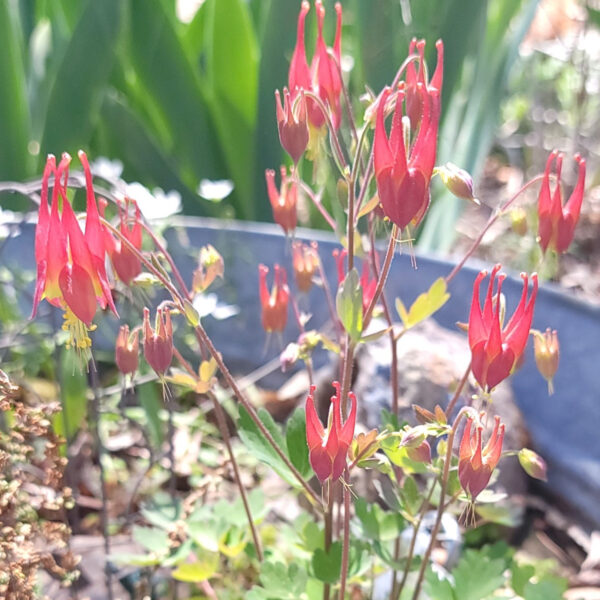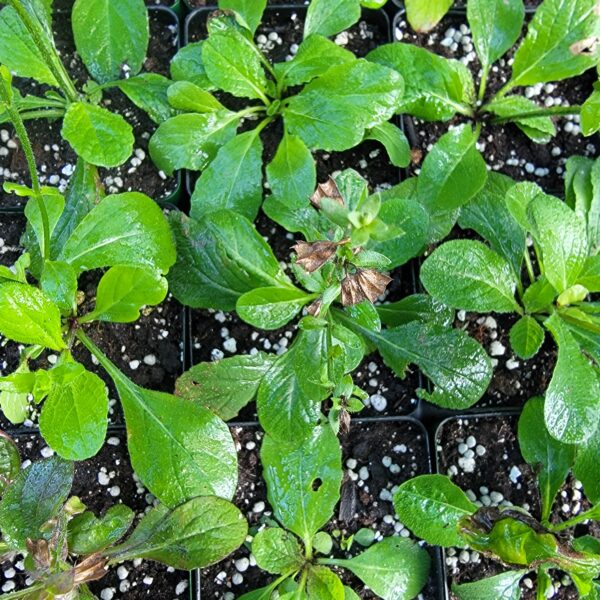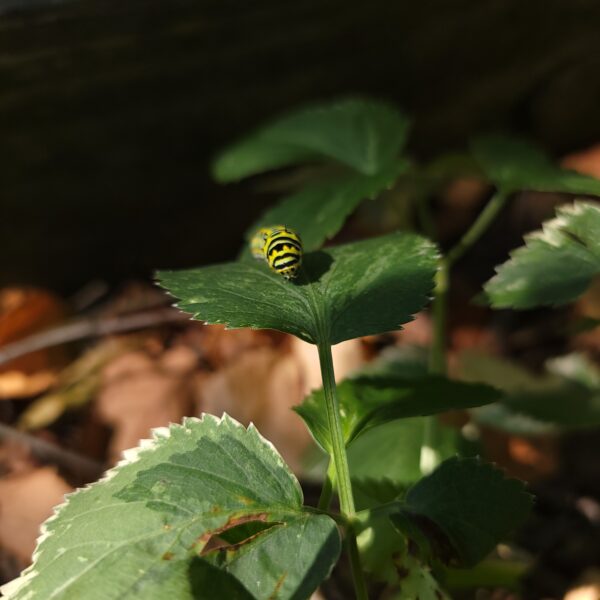Showing 1–12 of 13 results
Filter-
American hazelnut
$18.00 Add to basketSeed-grown American hazelnut, also known as the American filbert, is a keystone species that produces choice edible nuts.
-
Blue Sedge
$6.00 Add to basketBunny Blue Hobb isn’t the only blue sedge in town. Carex glaucodea, actually called blue sedge, commonly grows in damp shady eastern woodlands.
-
Eastern Red Columbine
$8.00 Select options This product has multiple variants. The options may be chosen on the product pageEastern columbines of all kinds! Little Lanterns is dwarf and compact, standard (available later 2025) is what you’re used to seeing.
-
Eastern Redbud
$8.00 – $18.00Price range: $8.00 through $18.00 Select options This product has multiple variants. The options may be chosen on the product pageShowy, easy-to-grow, spring blooming shrub that hosts 24 diverse species of caterpillars, provides nesting material for leaf-cutter bees, and feeds wildlife with its numerous seed pods.
-
Garden Phlox
$8.00 Add to basketThese garden phlox are not cultivars, but grown from seed obtained from open pollinated and naturalized plants. Mystery color, and maybe a new winner!
-
Lyreleaf Sage
$8.00 Add to basketLyreleaf sage is the only sage known to be native to southeastern Pennsylvania. This evergreen attracts pollinators and does well in a native lawn.
-
Mayapple, American Mandrake
$10.00 Add to basketThis spring ephemeral groundcover has a close association with the state-vulnerable eastern box turtle, which favors its fruit and disperses it in the wild.
-
Running Five-Fingers
$6.00 Add to basketCute yellow-flowering ground cover that doubles a native lawn alternative that can grow in a wide variety of conditions, including full sun and drought.
-
Spring Beauty
$5.00 – $12.00Price range: $5.00 through $12.00 Select options This product has multiple variants. The options may be chosen on the product pageEdible spring ephemeral that provides an early food source for pollinators, including the specialist spring beauty miner.
